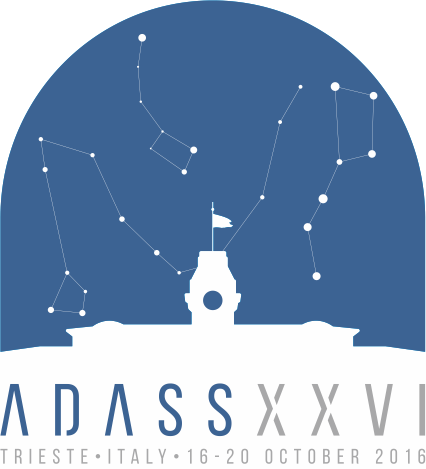Perez-Lopez Fernando
Contact
- Position:
- ESAC - European Space Astronomy Centre, Madrid
- Address
- Spain
Miscellaneous Information
- Miscellaneous Information
-
Abstract Reference: 31069
Identifier: P2.15
Presentation: Poster presentation
Key Theme: 2 Management of Scientific and Data Analysis ProjectsApplicability of Agile Scrum to BepiColombo MPO Science Ground Segment Development
Authors:
Perez-Lopez Fernando, Martinez Santa, Cuevas Marian, Gill Ranpal, Gallegos Julio, Ortiz de Landaluce Iñaki, Nicolas Fajersztejn, Freschi Marco, Serraller Iñaki, Galan Daniel, Casale MauroBepiColombo is an interdisciplinary ESA-JAXA mission to explore the planet Mercury consisting of two separate orbiters: ESA’s Mercury Planetary Orbiter (MPO) and JAXA’s Mercury Magnetospheric Orbiter (MMO. The ESA orbiter payload comprises 11 instruments covering different scientific disciplines developed by several teams. The Science Ground Segment (SGS), located at the European Space Astronomy Centre (ESAC), will be in charge of the scientific payload operations planning, the science operations, the data processing and distribution to the instrument teams, the preliminary analysis of the scientific data and their archiving in a central archive accessible to the science community. BepiColombo will set off in 2018 and will arrive at Mercury in late 2024 and the SGS shall fulfil the different instrument teams’ needs during more than eight years of operations, from Launch until the end of post-operations phase. This long mission lifetime imposes strong requirements on system development and maintainability and also on how the system is able to accommodate the user needs during the different mission phases. Initially the SGS software development followed an incremental approach, the classical waterfall model (generally used in ground control systems development at ESA), which means to deliver a working part of a total product or solution slicing the system functionality into increments. However, after two years of experience, this ‘classic’ approach has not demonstrated to be as efficient as was initially expected. For this reason, the SGS has changed the development methodology into an Agile Scrum approach which guarantees the involvement of the users during the development, and therefore the adequacy of the system with respect the real system needs during all mission phases, and ensures the continuous system verification and validation activities. This paper describes the problems experienced by the SGS with the waterfall approach and how the SGS has been able to migrate from it to the new Agile methodology, maintaining the consistency between uses case, science/system/subsystem requirements, user stories, test cases, etc. In addition, it describes a good case of study on the applicability and effectiveness of Scrum to a science ground segment development with long life development cycle which is quite different case from the ‘traditional’ applicability of Agile methodologies.



